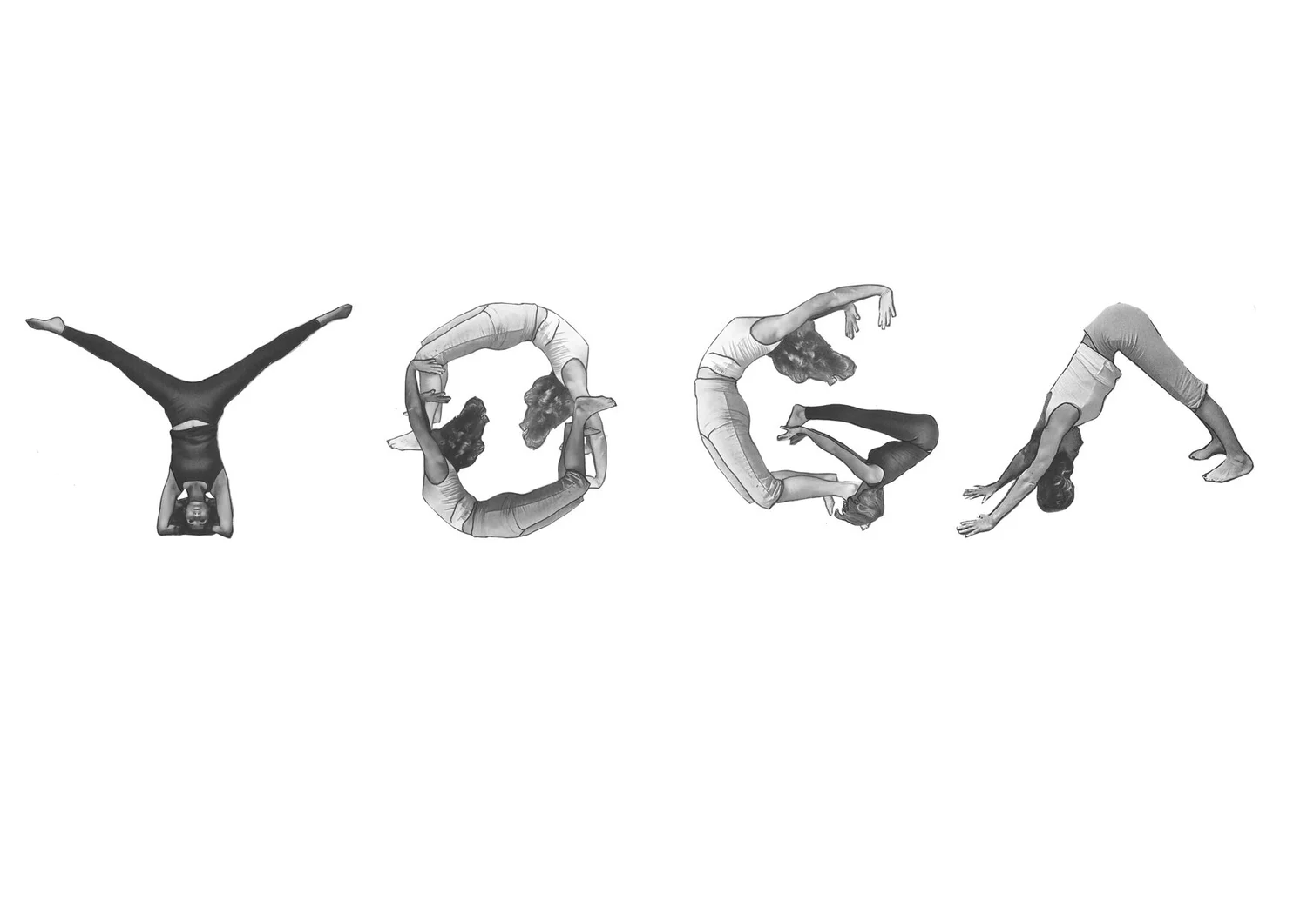The Breath and Pranayama: A new born babies' first breath is the most forceful inhalation it will take as a human being. Then throughout our lives, in and out endlessly like the tides, the air we breathe refreshes the blood with oxygen and removes the carbon dioxide synthesised in the lungs.
Most of our breaths in life are unconscious but breathing techniques can be learned to give us many physical and spiritual benefits. Yogis have taught for thousands of years that our life force, or prana, can be guided through breath practices, becoming a very powerful tool for liberation. "The breath is our best, most intimately available teacher of the deepest principles of yoga" (Gregor Maehle, Pranayama, The Breath of Yoga).
There are many different breathing practices (including Ujjayi, Victorious breath; Kumbhaka, breath retention; Kapalabhati, Shining Skull breath; Nadi Shodana, alternate nostril breathing). But it is important to re-initiate a healthy natural breathing pattern before we go into traditional pranayama methods like these. So first, lie down, feet flat on the floor, knees bent and together, and bring attention to how you are breathing. Once you have checked in with your breath for a while(where you feel it, what it feels like) try some Breath Waves, " Breath waves will establish resonance frequencies in your body, which will break down energetic blockages that prevent you from breathing totally and feeling alive". (Gregor Maehle, Pranayama, The Breath of Yoga):
Breathe with consciousness of the breath, spine and gravity. As you inhale, the belly lifts, the rib cage expands, then the upper chest fills; as you exhale, the upper chest descends, then the rib cage and finally the lower belly. "Just as ocean waves rise to a crest and fall, so breath waves rise and fall in the body" Meta Chaya Hirschl.






